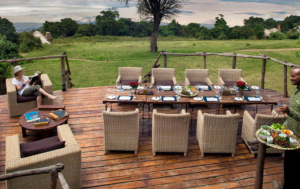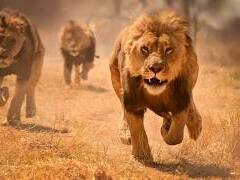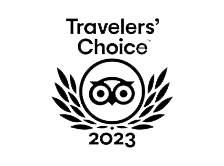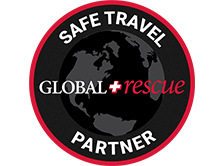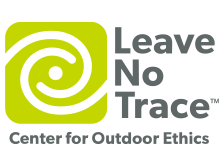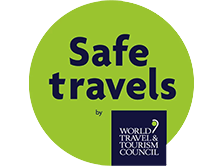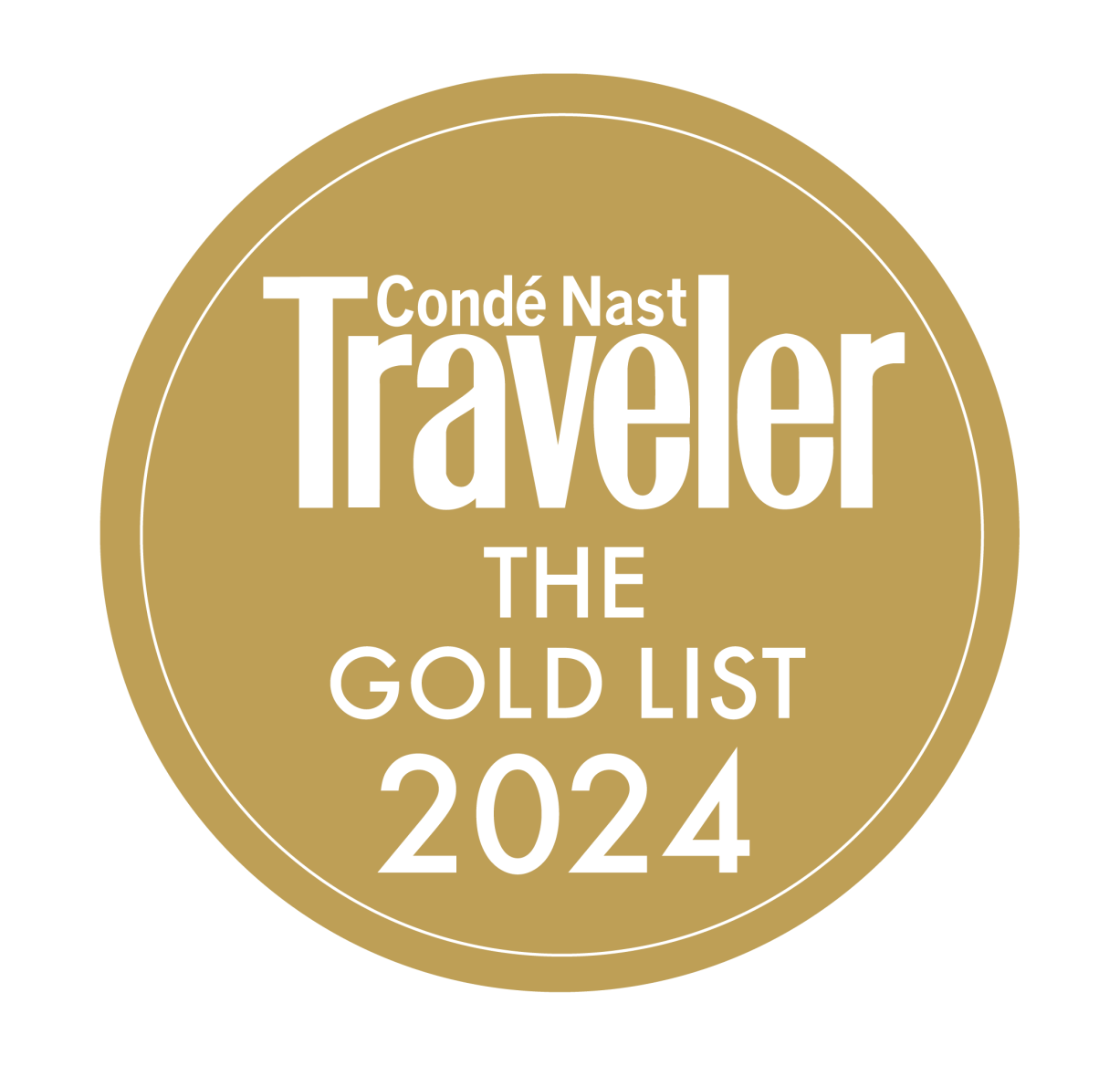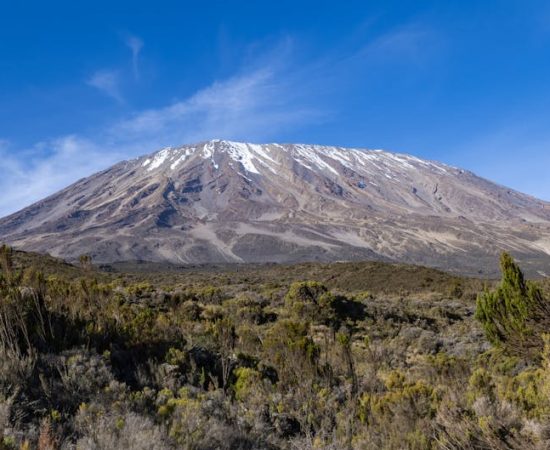Climbing Kilimanjaro for Beginners
Climbing Kilimanjaro for Beginners
Climbing Kilimanjaro for Beginners might seem out of reach, especially when you imagine it as an endeavour solely curated for seasoned trekkers. But what if we told you that Mount Kilimanjaro Climbing can be accessible to novices too? Think again! In this read, we’ll demonstrate how that dream can be a reality, even for a beginner.
Quick Navigation Links
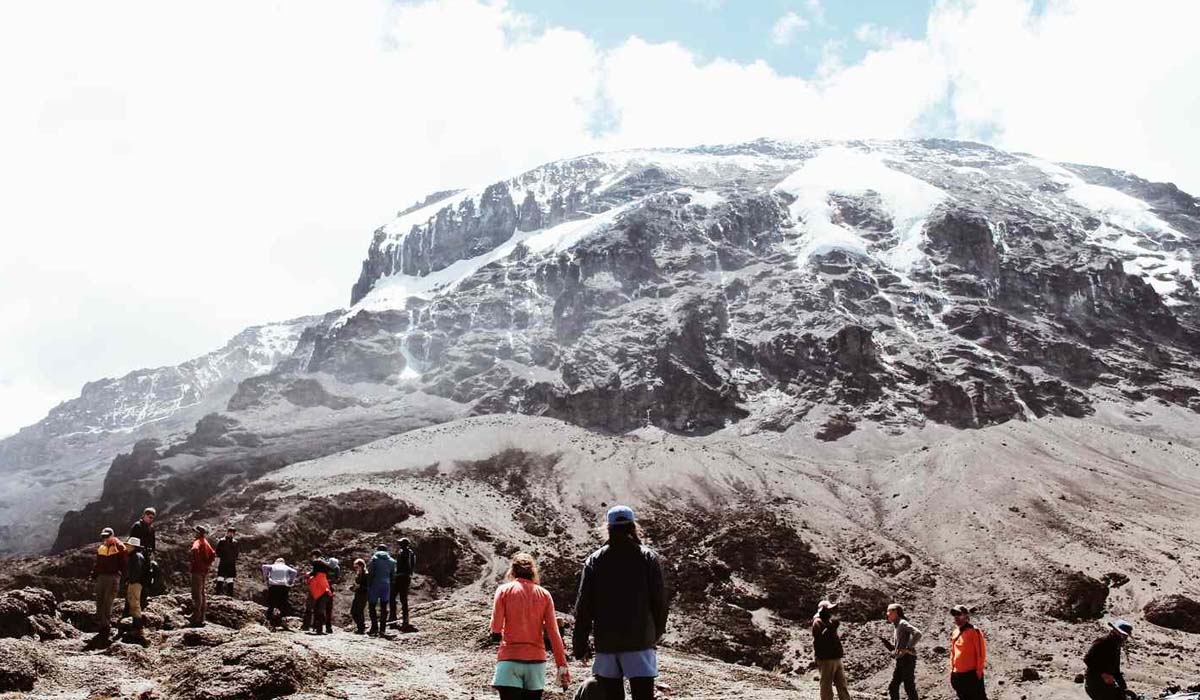
Guide To Planning Your Kilimanjaro Climb As A Beginner
Mt. Kilimanjaro welcomes many climbers every year from across the globe. Before joining a tour or setting out on your trek, it’s crucial to understand specific prerequisites that are essential for determining the success of scaling the mountain.
This Beginner’s Guide to Climbing Kilimanjaro will take you through everything you need to know before attempting to climb. So, let’s look at the details.
Fitness Level
Climbing Kilimanjaro for Beginners requires a certain fitness level to make the experience more enjoyable and manageable. But you don’t have to be at the peak of your physical performance or need any technical climbing expertise.- As a guide to estimate if you are fit enough for the climb, here’s a scenario – if you have no problems walking up a hill for six to seven hours, with an ascent of 1000 metres, then you should be able to Climb Mount Kilimanjaro.
- If you are a regular walker that rounds up frequent miles daily, you’re well on your way to accomplishing your fitness goals for Kilimanjaro.
Number Of Days
Climbing Mount Kilimanjaro usually takes between five to nine days. The more time you spend adjusting to the mountain’s altitude, the better your chances of reaching the summit.
Trips that are less than five days often have a lower success rate because the body needs time to adapt. For those new to the experience, carrying all the necessary equipment can be pretty challenging.
However, there’s good news! Most tour groups offer assistance carrying heavy items like tents, chairs, and tables, ensuring you can focus on the climb and enjoy the journey. In this way, the proper support can make Kilimanjaro for Beginners achievable.
Choose The Best Time
The Best Time To Climb Kilimanjaro, if you’re a beginner, is during the dry season, which runs from June to October and January to February. During these months, the weather is stable, and the skies are clear, providing excellent visibility. Additionally, the trails are less muddy, making them easier to navigate.- However, it’s important to note that the dry season is also the peak season, and the routes can be crowded.
- The shoulder seasons of November to December and March to May are also good options, as there are fewer crowds, and the prices are more affordable.
|
MONTH |
SEASONAL FEATURES |
|---|---|
|
January And February |
Excellent weather with clear skies |
|
June To October |
Excellent weather conditions, less mud, clear skies |
|
November And December |
Fewer crowds, Affordable climbing costs |
|
March To May |
Higher chances of rain and fog, Fewer crowds |
Select The Right Route To Climb Kilimanjaro
With so many route options, picking out the Best Route to Climb Kilimanjaro as a beginner can be challenging. To counter this problem, you need to consider some factors. These include crowds, sceneries, difficulty level, and acclimatisation. Below is a detailed overview of this:
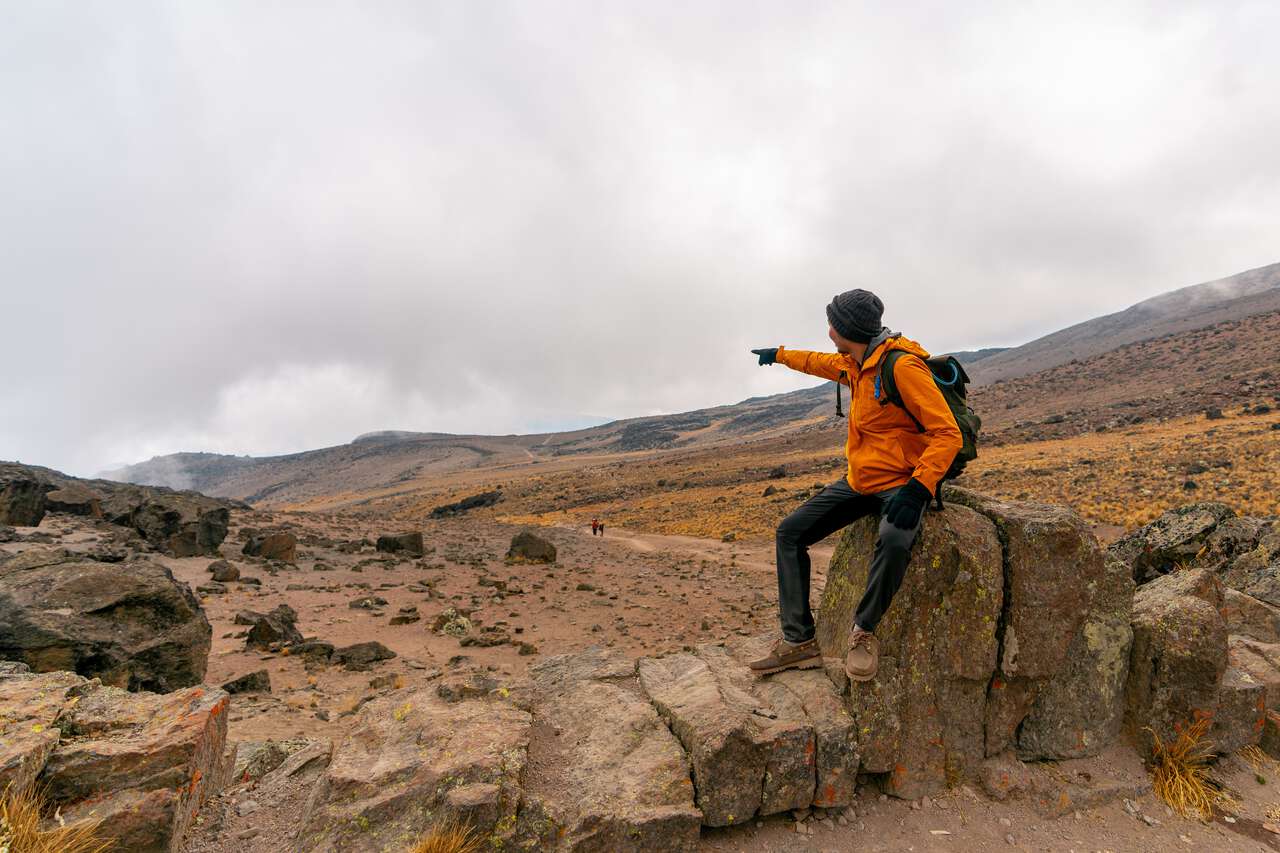
|
KILIMANJARO ROUTE |
DIFFICULTY LEVEL |
ACCLIMATIZATION |
SCENERY AND WILDLIFE |
CROWDS |
|---|---|---|---|---|
|
Marangu Route |
Easy |
Shorter Duration |
Wonderful forests and wildlife |
Less Crowded |
|
Machame Route |
Moderate |
Longer Duration |
Stunning views complemented greatly by wildlife sightings |
More Crowded |
|
Lemosho Route |
Moderate |
Longer Duration |
Great views and wildlife sightings |
More Crowded |
|
Rongai Route |
Moderate |
Shorter Duration |
Great scenic views and reliable wildlife sightings |
Less Crowded |
Routes like Umbwe and Shira are not recommended for Climbing Kilimanjaro for Beginners. This is because the park authority advises against them for first-time climbers due to safety concerns.
Take The Right Climbing Gears
The following is a Kilimanjaro Gear List for beginners, which includes all the essentials you’ll need to bring with you on your climb.
|
ESSENTIALS |
FEATURES AND WHY THEY MATTER |
|---|---|
|
Base Layer |
A moisture-wicking shirt and pants to wear under your outer layers |
|
Insulated Jacket |
A warm, insulated jacket to wear during colder temperatures |
|
Rain Jacket |
A waterproof and breathable jacket to protect you from rain and wind |
|
Hiking Pants |
Comfortable, durable, and water-resistant pants for hiking |
|
Hiking Boots |
Sturdy and comfortable hiking boots with good ankle support |
|
Socks |
Moisture-wicking socks to keep your feet dry and warm |
|
Hat |
A warm and waterproof hat to keep your head and ears protected |
|
Gloves |
Warm and waterproof gloves to keep your hands protected from the cold |
|
Sunglasses |
Polarised sunglasses to protect your eyes from the sun and glare |
|
Daypack |
A small backpack to carry your water, snacks, and other essentials |
|
Sleeping Bag |
A warm and lightweight sleeping bag rated for below-freezing temperatures |
|
Trekking Poles |
Sturdy trekking poles to help with balance and reduce stress on your knees |
Good To Know – It's important to note that while having the right gear is essential, you don't need to spend a fortune on expensive equipment if you're a beginner. Look for quality gear that fits well and is appropriate for the conditions you'll be facing.
Kilimanjaro’s Acclimatization Profile For Beginners
Acclimatization is an essential aspect of any Mount Kilimanjaro Climbing expedition. Beginners must understand the acclimatization profile of the mountain.
High altitude can cause Kilimanjaro Altitude Sickness, so acclimatization is crucial to ensure a safe and successful climb to the summit. Here is a breakdown of Kilimanjaro’s acclimatization profile for beginners:
|
DAY |
ELEVATION (In Metres) |
ACTIVITY |
ACCOMMODATION |
|---|---|---|---|
|
1 |
1,828 m |
Arrival in Moshi |
Hotel |
|
2 |
890 m – 1,372 m |
Hike to Marangu Gate |
Lodge |
|
3 |
2,600 m |
Hike to Mandara Hut |
Mandara Hut |
|
4 |
3,720 m |
Hike to Horombo Hut |
Horombo Hut |
|
5 |
3,720 m |
Acclimatization Day |
Horombo Hut |
|
6 |
4,600 m |
Hike to Kibo Hut |
Kibo Hut |
|
7 |
4,600 m |
Acclimatization Day |
Kibo Hut |
|
8 |
4,895 m |
Summit Attempt |
Horombo Hut |
|
9 |
1,828 m |
Descend to Moshi |
Hotel |
Note – The acclimatization profile of Kilimanjaro involves gradually ascending to higher elevations and spending some time at those elevations to allow the body to adjust to the altitude. The climb typically takes 6-7 days, during which climbers hike to various huts at different heights to acclimatize.
Kilimanjaro Climbing Tips For Beginners
While possessing the right gear and meeting the prerequisites for ascending Mt. Kilimanjaro are fundamental, understanding specific safety measures is vital for a secure expedition.
Is hiring a Kilimanjaro Guide a Necessity?
Having a seasoned guide accompany you during your initial ascent is advantageous. Such professionals are equipped with indispensable tools—like emergency oxygen, pulse oximeters, and more—to handle unexpected scenarios. They’ll consistently monitor your well-being, especially as you progress to higher altitudes.
Yet, taking personal responsibility for your safety is paramount. Staying vigilant and mindful during the hike ensures the well-being of both yourself and fellow trekkers. This Ultimate Beginners Guide to Kilimanjaro will take you through a quick rundown of safety pointers for your ascent:
- Maintain a Steady Pace. Remember, while hiking, particularly on extended high-altitude, consider it a prolonged journey, not a sprint. Avoid rushing to prevent exhaustion. Cherish the entire journey, not just the endpoint!
- Incorporate Regular Halts. Pausing frequently to breathe and rejuvenate is advisable. As you approach the summit and the atmosphere thins, the importance of these breaks amplifies to counter altitude sickness.
- Acclimatize. Prior acclimatization can make your trek more manageable. Consider reaching the base a few days before and taking short hikes to adapt.
- Stay Hydrated. Continual hydration during your trek is paramount. Ensure you drink water consistently, including during evening rests.
Adhering to these safety guidelines ensures a rewarding hiking experience, especially when undertaking extensive treks to altitudes as lofty as Mount Kilimanjaro.
Consider The Costs Involved In The Climb
Prior knowledge of the costs will help you plan the trip well. Climbing Mount Kilimanjaro can cost between $2,440 and $6000 for a seven to nine-day trip. The cost of equipment is a big part of this.
Your Kilimanjaro Climbing Deals are available in both cheap and exclusive options. While inexpensive packages might sometimes demand compromise, exorbitant prices sometimes offer little or no value for money. So, choose wisely!
Follow Our Guide, Reach The Summit, And Cross It Off Your Bucket List!
In the final thoughts, you will be delighted to know that Kilimanjaro for Beginners is certainly possible. Just stick to our above recommendations, and you can cross off reaching Kilimanjaro’s summit from your bucket list.
the most awaRded adVentuRe
tour operator in kilimanjaro
We are proud of our 100+ reviews on Tripadvisor, the largest tour review website.
Kilimanjaro Preparation





Kilimanjaro For Beginners Faq's
Can a beginner climb Kilimanjaro?
What should I pack for climbing Kilimanjaro?
What are the best months to climb Kilimanjaro for beginners?
How fit do you need to be for Kilimanjaro?
What are the accommodations like on Kilimanjaro?
What is the best route to climb Kilimanjaro for beginners?
SEE WHO TRUSTED US!
Pizza Hut Breaks World Record with Trusted Delivery Partner, Tanzania Tribe Safari, (aka) summit trails.







